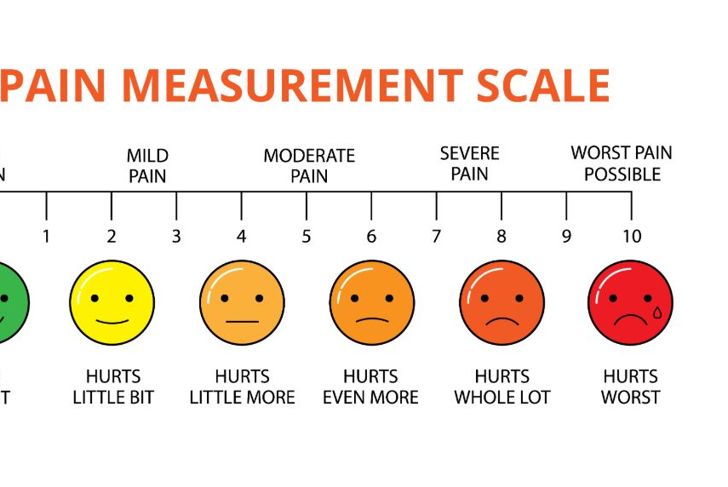Everyone has aches from time to time, especially after intense exercise or new physical activity. Not all ache and discomfort is a bad thing, and it can even be a sign that you’re building muscle and moving in a healthier direction. However, certain types of pain might indicate a problem. Pain that lasts more than a few days or starts to interfere with your day-to-day life should be discussed with a doctor, in case it is a symptom of something more serious.
Pain that doesn’t go away
If you start a new exercise routine or are pushing yourself more intensely, it’s normal to feel some achiness in the days following. However, it shouldn’t linger for too long. Muscle soreness is usually okay, but if it doesn’t go away after a few days or seems to be getting more intense, it’s time to call your doctor. Joint pain that lasts more than a few weeks also needs to be addressed.
Pain that occurs without movement
If you find yourself waking up in the morning with pain or feeling sharp pain even when you’re not moving the affected area, you may need medical treatment. In particular, back pain that doesn’t go away or that increases in intensity when you lie down may indicate a serious injury.
Pain that feels new or different
If you have a condition that causes chronic pain, you may have become accustomed to it. However, if your pain changes in type or intensity, see a doctor. For example, pain that was a dull ache and is now a sharp, stabbing sensation may signify a more serious problem.
Pain that spreads
Many normal aches and pains are localized, such as an ache in your biceps after lifting weights. If one of those localized pains then starts to spread into your joint or other muscles, it could mean that you have an injury or illness that requires medical attention. Back pain that spreads into your legs or neck also may be a warning sign of bigger problems.
Pain that makes it difficult to function
If you’re experiencing pain that interferes with your ability to perform everyday tasks, it’s a good idea to consult with a medical professional. This is particularly true if it lasts for more than a couple of days or if it happens frequently. Pain from chronic problems, such as arthritis, may be eased with proper care from a doctor.
Pain associated with numbness or tingling
Numbness, tingling, and loss of sensation may be signs of nerve damage or other serious problems, so it’s a good idea to get symptoms like these checked out as soon as possible. Sometimes numbness points to problems even if it doesn’t start as pain. For example, carpal tunnel syndrome may start out as numbness or tingling in the hands and wrists.
Pain that makes it difficult to sleep
Most people can sleep through normal aches and pains, so if you find yourself having trouble falling asleep or waking up frequently due to pain, it’s a good idea to have a doctor evaluate you. Not only is that an abnormal level of pain, but being unable to sleep can slow your healing and exacerbate the issue.
Frequent and consistent sharp pains
While everyone feels pain from time to time, it usually isn’t frequent or intense. If you’re often feeling pain in a certain area, it could be a sign of a more serious injury or a chronic problem. Sharp, intense pains in your torso may indicate an internal problem, such as an impending heart attack.
Pain and weakness in your limbs
Pain associated with weakness in your limbs can be a sign of many serious problems, including nerve damage, joint injuries, and chronic illness. If you are experiencing weakness in your limbs, talk to a doctor about it as soon as possible. It’s a good idea to be evaluated even if your pain is mild.
Understanding pain
Pain is a somewhat nebulous concept, but medical professionals have come up with some ways to quantify it. One of the most commonly used is the pain scale, which asks the patient to rank the feeling of pain on a scale of zero to ten. Zero means that you feel fine and aren’t experiencing any pain, while ten is often described as being the worst pain imaginable. Most injuries and illnesses cause pain that falls somewhere in the middle of the scale.

 Home
Home Health
Health Diet & Nutrition
Diet & Nutrition Living Well
Living Well More
More




















